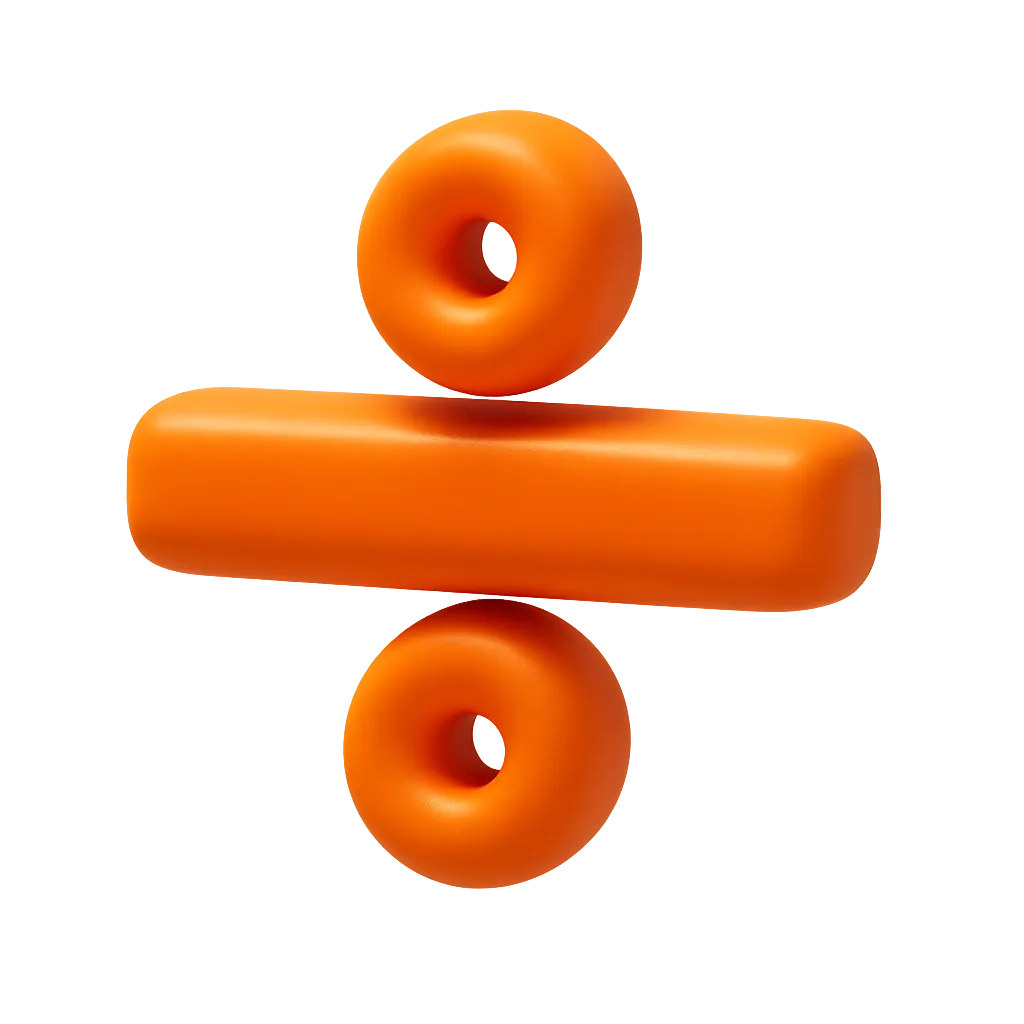Why Concrete Calculators Matter
Accurate concrete takeoffs prevent short loads, rush orders, and wasted material.
This calculator helps estimators, foremen, and project managers convert drawings into order quantities—fast and reliably.
Key uses:
- Convert project dimensions into cubic volume for any common shape
- See weight based on typical concrete density (≈ 133 lb/ft³ or 2,130 kg/m³)
- Estimate bag counts (40/60/80 lb) for small pours and patch work
- Add quantity and waste (%) to reflect real-world ordering
How the Calculator Works
- Select a shape
- Slab / Wall: length × width × thickness
- Column: π × (Ø/2)² × height
- Tube (annulus): π × [(OD/2)² − (ID/2)²] × height
- Curb: curb (height × depth × length) + gutter (width × thickness × length)
- Stairs: wedge volume using total rise/run and width; optional top platform included
- Enter dimensions & units
Use feet, inches, yards, meters, or centimeters (mixed inputs supported).
- Set quantity & waste
Multiply results for repeated elements and add a realistic waste factor (common: 5–10%).
- Review outputs
- Total Volume: ft³, yd³, m³
- Estimated Weight: lb and kg (at 133 lb/ft³ / 2,130 kg/m³)
- Bag Counts: 80 lb, 60 lb, and 40 lb (using typical yield per bag)
Assumptions: Uniform cross-sections, consistent depth, and standard ready-mix density. Actual yields vary with slump, aggregate, and site conditions.
Example — Slab / Wall
Inputs:
- Length 24 ft, Width 12 ft, Thickness 4 in (0.333 ft)
- Quantity 1, Waste 5%
Result (rounded):
- Volume ≈ 95.9 ft³ = 3.55 yd³ = 2.72 m³
- Weight ≈ 12,760 lb (5,790 kg)
- Bags: 80 lb ≈ 160, 60 lb ≈ 214, 40 lb ≈ 320
Example — Column
Inputs:
- Diameter 18 in (1.5 ft), Height 10 ft
- Quantity 2, Waste 7%
Result (rounded):
- Volume per column ≈ 17.7 ft³ → Total with waste ≈ 37.9 ft³
- Total ≈ 1.40 yd³, 1.07 m³
- Weight ≈ 5,040 lb (2,285 kg)
Pro Tips
- Order extra for edges and steps. Complex formwork and irregular subgrade increase waste.
- Mind access and placement. Longer chutes and pump lines can affect effective yield.
- Confirm density with your supplier if using lightweight or heavyweight mixes.
Benefits & Limitations
Benefits
- Fast, repeatable takeoffs across multiple shapes
- Unit-flexible inputs with clear outputs for ordering
- Built-in weight and bag estimates for logistics
Limitations
- Outputs are estimates—confirm with drawings/specs and your ready-mix supplier
- Actual yields vary with mix design, entrained air, and site conditions
- Curbs/stairs are simplified solids; complex details may require plan-specific takeoffs



